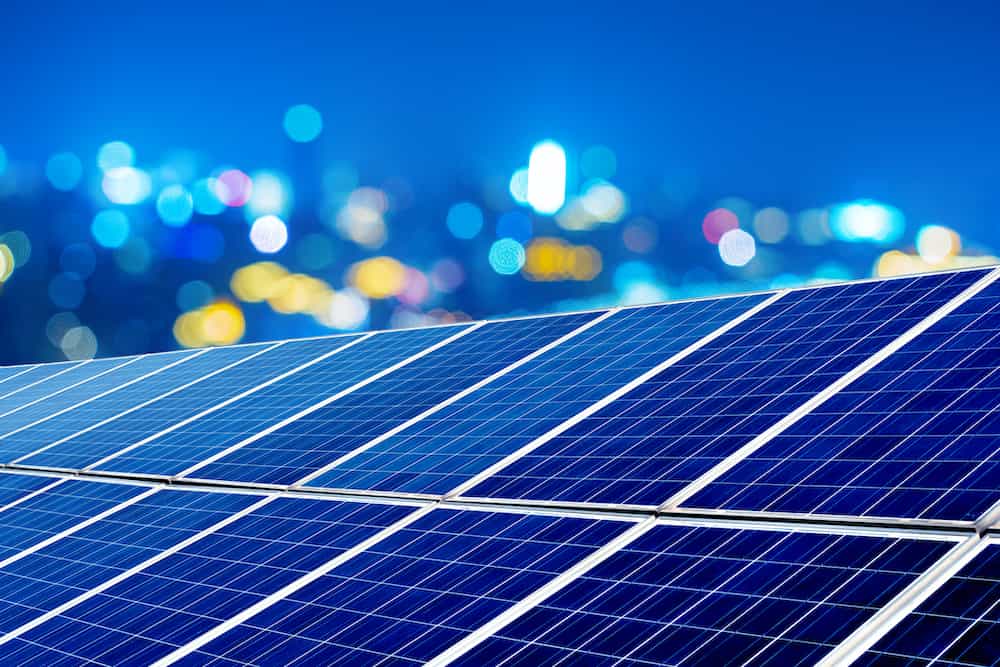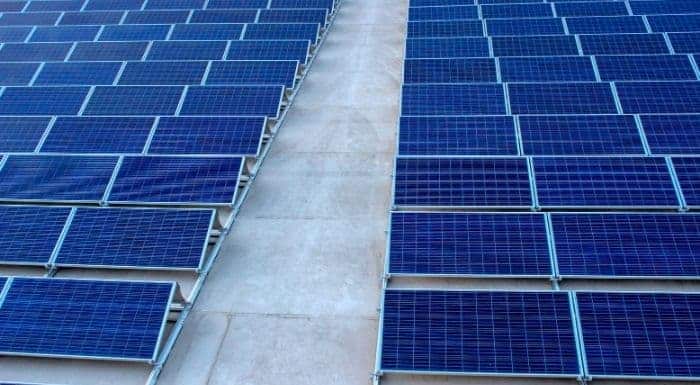How do Solar Cells work 2021— the complete mechanism
The energy produced and radiated by the sun incident on the earth is known as solar energy. Solar energy received in the form of radiation can be converted directly or indirectly into the other forms of energy such as heat and electricity. We’ll be talking about how the solar cells work for this introductory piece, but let us first start with the basics.
The power from the sun intercepted by the earth is approximately 1.8×10^11 MW, which is many thousand times larger than the present energy consumption of all the commercial energy sources on the planet.
The applications of solar energy are as follows:
1. Solar thermal applications –It is using the solar energy to directly heat a fluid.
2. Photoelectric applications- It is using photovoltaic cells to convert solar energy directly into electricity.
We have a detailed explanation on the solar devices here.
Solar cells or Photovoltaic cells
The direct conversion of solar energy into electrical energy can be done by the photovoltaic effect, which is the conversion of light into electricity. The photovoltaic effect is defined as the generation of an electromotive force as a result of the absorption of ionizing radiation. Energy conversion devices which are used to convert sunlight to electricity by the use of the photovoltaic effect are called solar cells.

A single converter cell is called a solar cell or a photovoltaic cell, and combination of such cells to increase the electric power output is called solar module or solar array. Photovoltaic cells are made of semiconductors that generate electricity when they absorb light. Generally silicon is used to make solar cells. The silicon cell consists of a single crystal of silicon in which a doping material is diffused to form a semiconductor.
Working Principle of solar cells
Photons from the sun are absorbed in a semiconductor, creating free electrons with higher energies than the electron which provide the bonding in the base crystal. Once these electrons are released, there must exist an electric field to induce these higher energy electrons to flow out of the semi-conductor to do useful work.
The junction of p-type and n-type materials provides an inherent electric field which separates the charge created by the absorption of sunlight. This p-n junction is usually obtained by putting a p-type base material into a diffusion furnace containing a gaseous n-type dopant, such as phosphorous and allowing the n-type dopant to diffuse into the surface about 0.2μm. The junction is thus formed slightly below the plane surface of the cell and the light impinges perpendicular to the junction.
The positive(+) and negative(-) charge created by absorption of photons are thus encouraged to drift to the front and back of the solar cell. The back is completely covered by a metallic contact to remove charges to the electric load. The collection of charges from the front of the cell is aided by a fine grid of narrow metallic fingers. An effective coating is provided on the top of the cell.
Summary to how solar cells work
For getting useful power output from the photon interaction in a semiconductor, these three process are required:
1. The photon has to be absorbed in the active region of the material and result in the electrons being excited to higher energy potential.
2. The electron-hole charge carriers created by the absorption need to be physically separated and move to the edge of the cell.
3. The charge carriers must be removed from the cell and delivered to a useful load before they lose their extra potential. For completing the above processes, a solar cell consists of:
a. Semi–conductors in which electron hole pairs are created by absorption of incident solar radiation.
b. Region containing a drift field for charge separation and,
c. Charge collecting front and back electrodes.
If you want to get some solar panels for your household and are undecided on what to choose, visit 5 best solar panels for an Indian household.


Nice blog.
Thanks
Nice blog????
Thanks
Superbb Work
Thanks
Very informative…
Thanks, Sir.
Nice
Thanks
Awesome blog????????
Thanks.
Good one !!
Thanks
Good Information!!!
Ashish ji ,
You are doing great work …………….It’s really useful for me……….. .
Be continue ???
Thanks.
Ashish ji ,
You are doing great work …………….It’s really useful for me……….. .
Be continue ???